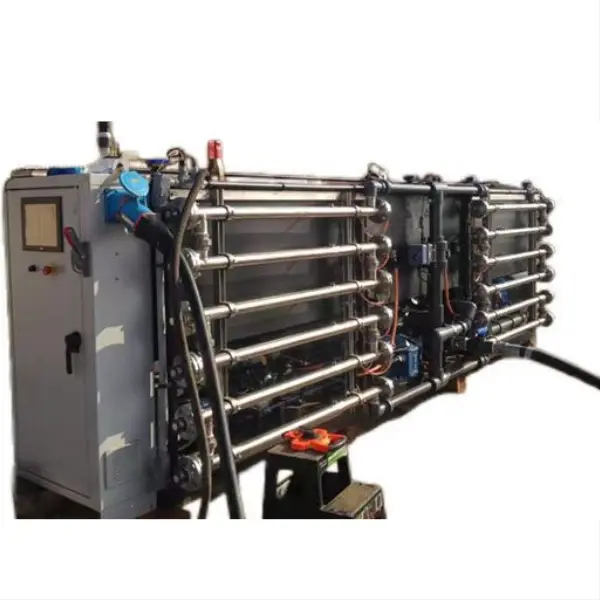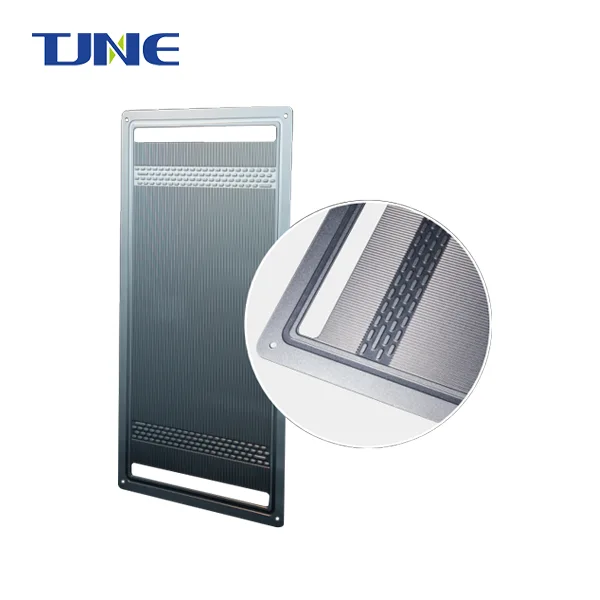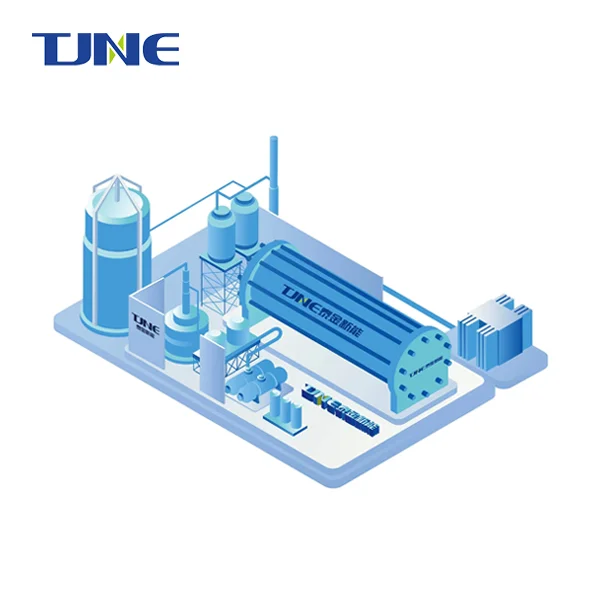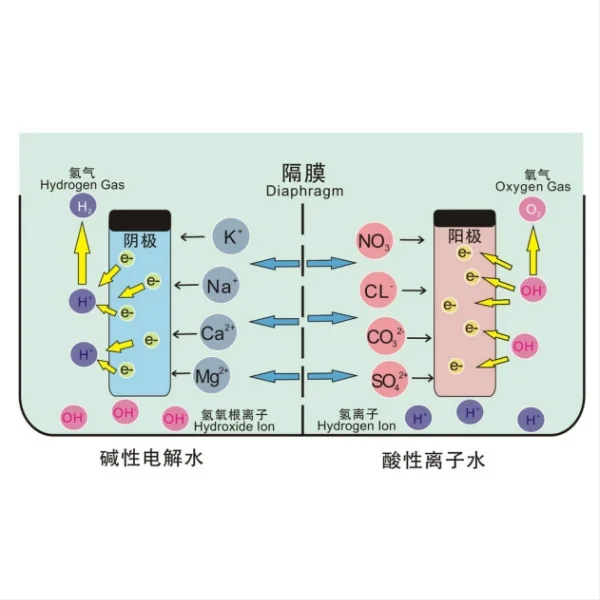- English
- French
- German
- Portuguese
- Spanish
- Russian
- Japanese
- Korean
- Arabic
- Greek
- German
- Turkish
- Italian
- Danish
- Romanian
- Indonesian
- Czech
- Afrikaans
- Swedish
- Polish
- Basque
- Catalan
- Esperanto
- Hindi
- Lao
- Albanian
- Amharic
- Armenian
- Azerbaijani
- Belarusian
- Bengali
- Bosnian
- Bulgarian
- Cebuano
- Chichewa
- Corsican
- Croatian
- Dutch
- Estonian
- Filipino
- Finnish
- Frisian
- Galician
- Georgian
- Gujarati
- Haitian
- Hausa
- Hawaiian
- Hebrew
- Hmong
- Hungarian
- Icelandic
- Igbo
- Javanese
- Kannada
- Kazakh
- Khmer
- Kurdish
- Kyrgyz
- Latin
- Latvian
- Lithuanian
- Luxembou..
- Macedonian
- Malagasy
- Malay
- Malayalam
- Maltese
- Maori
- Marathi
- Mongolian
- Burmese
- Nepali
- Norwegian
- Pashto
- Persian
- Punjabi
- Serbian
- Sesotho
- Sinhala
- Slovak
- Slovenian
- Somali
- Samoan
- Scots Gaelic
- Shona
- Sindhi
- Sundanese
- Swahili
- Tajik
- Tamil
- Telugu
- Thai
- Ukrainian
- Urdu
- Uzbek
- Vietnamese
- Welsh
- Xhosa
- Yiddish
- Yoruba
- Zulu
How to Maintain Titanium Electrodes for Optimal Performance in Saltwater Electrolysis?
Titanium electrodes play a crucial role in saltwater electrolysis, a process widely used in various industries for producing chlorine, hydrogen, and other valuable chemicals. Proper maintenance of these electrodes is essential to ensure their longevity, efficiency, and optimal performance. This blog post will explore the best practices for maintaining titanium electrodes in saltwater electrolysis systems, addressing common challenges and providing practical solutions to maximize their effectiveness.
What factors affect the lifespan of titanium electrodes in saltwater electrolysis?
The lifespan of titanium electrodes in saltwater electrolysis is influenced by several key factors. Understanding these factors is crucial for implementing effective maintenance strategies and optimizing electrode performance.
1. Electrolyte composition: The concentration and purity of the saltwater electrolyte significantly impact electrode lifespan. Higher salt concentrations can accelerate corrosion, while impurities may lead to unwanted side reactions and electrode degradation. Regular monitoring and adjustment of electrolyte composition are essential for maintaining optimal conditions.
2. Current density: The applied current density affects the rate of electrode wear and the formation of protective oxide layers. Operating at excessively high current densities can lead to accelerated degradation, while too low current densities may result in insufficient catalytic activity. Striking the right balance is crucial for maximizing electrode lifespan.
3. Temperature: Elevated temperatures can accelerate chemical reactions and corrosion processes, potentially shortening electrode lifespan. Proper temperature control and cooling systems are vital for maintaining optimal operating conditions.
4. pH levels: The pH of the electrolyte solution plays a significant role in electrode stability. Extreme pH conditions, either highly acidic or alkaline, can lead to increased corrosion rates and reduced electrode performance. Regular pH monitoring and adjustment are necessary to maintain the ideal range for titanium electrodes.
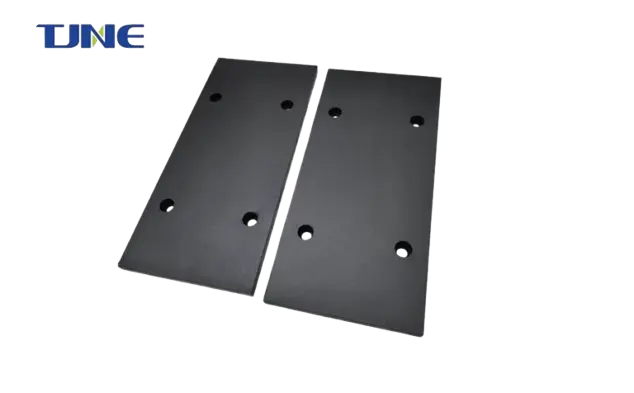
5. Surface condition: The initial surface condition of the titanium electrodes, including surface roughness and the presence of protective coatings, affects their performance and longevity. Proper surface preparation and periodic inspection for any signs of wear or damage are essential maintenance practices.
6. Operational parameters: Factors such as operating voltage, electrolysis duration, and duty cycles can impact electrode lifespan. Optimizing these parameters based on specific application requirements and electrode characteristics can help extend their useful life.
By carefully considering and addressing these factors, operators can significantly extend the lifespan of titanium electrodes in saltwater electrolysis systems. Regular monitoring, proactive maintenance, and optimization of operating conditions are key to ensuring long-term electrode performance and process efficiency.
How do you clean and maintain titanium electrodes for saltwater electrolysis?
Proper cleaning and maintenance of titanium electrodes are essential for ensuring their optimal performance and longevity in saltwater electrolysis applications. Following a systematic approach to electrode care can significantly improve efficiency and reduce downtime. Here are key steps and best practices for cleaning and maintaining titanium electrodes:
1. Regular inspection:
- Conduct visual inspections of electrodes at scheduled intervals to identify any signs of wear, corrosion, or damage.
- Look for discoloration, pitting, or uneven wear patterns that may indicate potential issues.
- Use non-destructive testing methods, such as ultrasonic thickness measurements, to assess electrode integrity when necessary.
2. Mechanical cleaning:
- Remove loose debris and scale deposits using soft brushes or non-abrasive pads.
- Avoid using metal brushes or abrasive materials that could scratch the electrode surface.
- For stubborn deposits, consider using a plastic scraper or specialized cleaning tools designed for electrode maintenance.
3. Chemical cleaning:
- Prepare a mild acidic solution, such as diluted hydrochloric acid (typically 5-10% concentration), for removing mineral deposits and scale.
- Immerse electrodes in the cleaning solution for a specified duration, following manufacturer guidelines.
- Rinse thoroughly with deionized water after chemical cleaning to remove all traces of the cleaning solution.
4. Ultrasonic cleaning:
- For more thorough cleaning, consider using ultrasonic cleaning baths with appropriate cleaning solutions.
- This method can effectively remove stubborn deposits without causing mechanical damage to the electrode surface.
5. Electrochemical cleaning:
- In some cases, applying a reverse current or alternating current can help remove deposits and restore electrode surface properties.
- This method should be performed carefully, following specific protocols to avoid damaging the electrode.
6. Drying and storage:
- After cleaning, thoroughly dry electrodes using clean, lint-free cloths or compressed air.
- Store cleaned electrodes in a clean, dry environment to prevent contamination or moisture accumulation.
7. Reactivation techniques:
- For electrodes with reduced catalytic activity, consider surface reactivation methods such as etching or electrochemical treatment.
- These techniques can help restore the electrode's active surface area and improve performance.
8. Coating maintenance:
- If the titanium electrodes have specialized coatings (e.g., platinum or mixed metal oxide coatings), follow manufacturer-specific guidelines for cleaning and maintenance.
- Avoid using harsh chemicals or abrasive methods that could damage the coating.
9. Documentation and record-keeping:
- Maintain detailed records of cleaning procedures, including dates, methods used, and observations.
- This information can help identify trends and optimize maintenance schedules over time.
By following these comprehensive cleaning and maintenance practices, operators can significantly extend the useful life of titanium electrodes in saltwater electrolysis systems. Regular care not only ensures optimal performance but also contributes to overall process efficiency and cost-effectiveness. Remember to always consult electrode manufacturers' guidelines and adapt these practices to specific operational requirements and environmental conditions.
What are the best practices for optimizing titanium electrode performance in saltwater electrolysis?
Optimizing the performance of titanium electrodes in saltwater electrolysis requires a multifaceted approach that addresses various aspects of the electrolysis process. By implementing best practices, operators can enhance efficiency, extend electrode lifespan, and improve overall system performance. Here are key strategies for optimizing titanium electrode performance:

1. Electrolyte management:
- Maintain optimal salt concentration to balance conductivity and corrosion rates.
- Regularly monitor and adjust electrolyte composition to ensure consistency.
- Implement effective filtration systems to remove impurities and contaminants.
- Consider using high-purity salt and water sources to minimize unwanted reactions.
2. Temperature control:
- Implement robust cooling systems to maintain optimal operating temperatures.
- Monitor temperature fluctuations and adjust cooling capacity as needed.
- Consider heat recovery systems to improve overall energy efficiency.
3. Current density optimization:
- Determine the ideal current density range for your specific electrode configuration and application.
- Use current distribution modeling to identify and address areas of uneven current distribution.
- Implement current ramping techniques during startup and shutdown to minimize thermal stress on electrodes.
4. Electrode spacing and configuration:
- Optimize electrode spacing to balance gas evolution and electrolyte resistance.
- Consider using electrode spacers or turbulence promoters to improve mass transfer and reduce concentration polarization.
- Evaluate different electrode configurations (e.g., parallel plate, mesh, or expanded metal) for specific applications.
5. Surface treatment and coatings:
- Explore advanced surface treatments, such as etching or sandblasting, to enhance electrode surface area and catalytic activity.
- Consider specialized coatings (e.g., platinum group metals or mixed metal oxides) to improve electrode performance and selectivity.
- Regularly assess coating integrity and implement recoating schedules based on performance data.
6. Gas management:
- Design efficient gas separation and collection systems to minimize bubble effects and improve current efficiency.
- Implement strategies to reduce gas blanketing on electrode surfaces, such as optimized electrode geometry or electrolyte flow patterns.
7. Process control and automation:
- Implement advanced process control systems to maintain optimal operating conditions.
- Use real-time monitoring of key parameters (e.g., voltage, current, temperature, and gas production rates) to identify and address performance deviations.
- Consider implementing machine learning algorithms for predictive maintenance and performance optimization.
8. Electrode preconditioning:
- Develop and implement electrode preconditioning protocols to stabilize performance and extend lifespan.
- This may include controlled oxidation or electrochemical treatment before initial use.
9. Periodic performance testing:
- Conduct regular performance tests to assess electrode efficiency and identify early signs of degradation.
- Use techniques such as polarization curves, electrochemical impedance spectroscopy, or cyclic voltammetry for in-depth analysis.
10. Material selection and quality control:
- Choose high-quality titanium grades suitable for specific electrolysis conditions.
- Implement rigorous quality control measures for electrode materials and fabrication processes.
11. Electrolyte circulation and flow optimization:
- Design electrolyte flow patterns to ensure uniform distribution and minimize concentration gradients.
- Consider using turbulence promoters or flow distributors to enhance mass transfer.
12. Pulsed electrolysis techniques:
- Explore the use of pulsed current or potential waveforms to enhance electrode performance and reduce scaling.
- Optimize pulse parameters (frequency, duty cycle, amplitude) for specific applications.
By implementing these best practices and continuously refining them based on operational data and emerging technologies, operators can significantly optimize the performance of titanium electrodes in saltwater electrolysis systems. This approach not only enhances process efficiency but also contributes to reduced operational costs, improved product quality, and extended equipment lifespan.
It's important to note that the specific optimization strategies may vary depending on the particular application, scale of operation, and environmental conditions. Therefore, a tailored approach that considers the unique requirements of each electrolysis system is crucial for achieving optimal performance and long-term success.
If you are interested in the products of Xi'an Taijin New Energy Technology Co., Ltd., please contact yangbo@tjanode.com.
References
1. Kraft, A. (2008). Electrochemical Water Disinfection: A Short Review. Platinum Metals Review, 52(3), 177-185.
2. Martínez-Huitle, C. A., & Ferro, S. (2006). Electrochemical oxidation of organic pollutants for the wastewater treatment: direct and indirect processes. Chemical Society Reviews, 35(12), 1324-1340.
3. Panizza, M., & Cerisola, G. (2009). Direct and mediated anodic oxidation of organic pollutants. Chemical Reviews, 109(12), 6541-6569.
4. Chen, G. (2004). Electrochemical technologies in wastewater treatment. Separation and Purification Technology, 38(1), 11-41.
5. Sirés, I., Brillas, E., Oturan, M. A., Rodrigo, M. A., & Panizza, M. (2014). Electrochemical advanced oxidation processes: today and tomorrow. A review. Environmental Science and Pollution Research, 21(14), 8336-8367.
6. Comninellis, C., & Chen, G. (Eds.). (2010). Electrochemistry for the Environment. Springer Science & Business Media.
7. Rajeshwar, K., & Ibanez, J. G. (1997). Environmental electrochemistry: Fundamentals and applications in pollution sensors and abatement. Academic Press.
8. Trasatti, S. (2000). Electrocatalysis: understanding the success of DSA®. Electrochimica Acta, 45(15-16), 2377-2385.
9. Polcaro, A. M., Palmas, S., Renoldi, F., & Mascia, M. (1999). On the performance of Ti/SnO2 and Ti/PbO2 anodes in electrochemical degradation of 2-chlorophenol for wastewater treatment. Journal of Applied Electrochemistry, 29(2), 147-151.
10. Chaplin, B. P. (2014). Critical review of electrochemical advanced oxidation processes for water treatment applications. Environmental Science: Processes & Impacts, 16(6), 1182-1203.
Related Industry Knowledge
- Why are titanium electrodes used specifically for ballast water management?
- Why Should You Consider Titanium Electrodes for Copper Plating?
- How Can Titanium Electrode Improve Nickel And Cobalt Electrodeposition Performance?
- What Industries Rely on DSA Anodes for Electrochemical Processes?
- What Is a Chlorine Generator Electrolyzer and How Does It Operate?
- What is a DSA Anode and How Does It Work?
- What Factors Should Be Considered When Selecting a Chlorine Generator Electrolyzer System?






